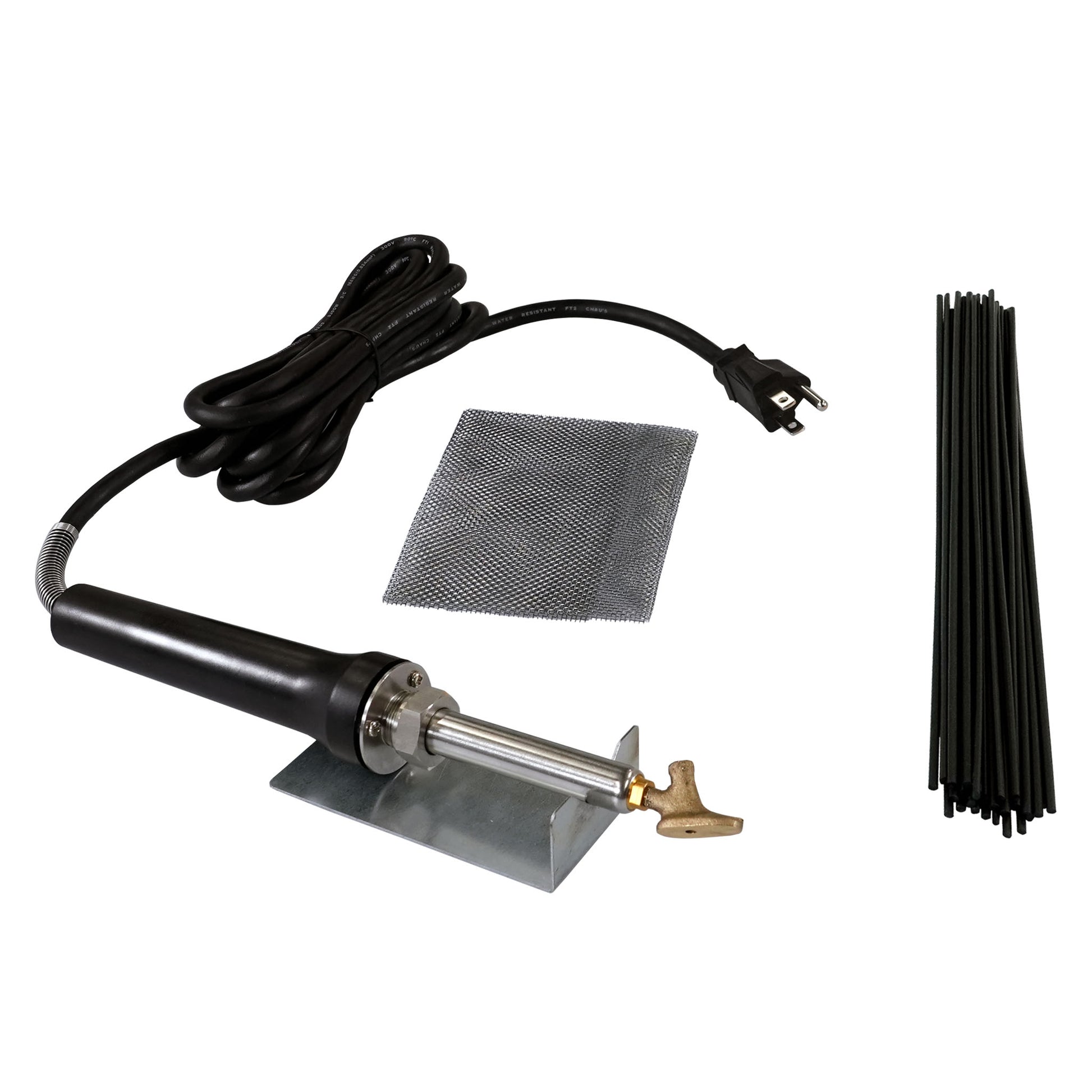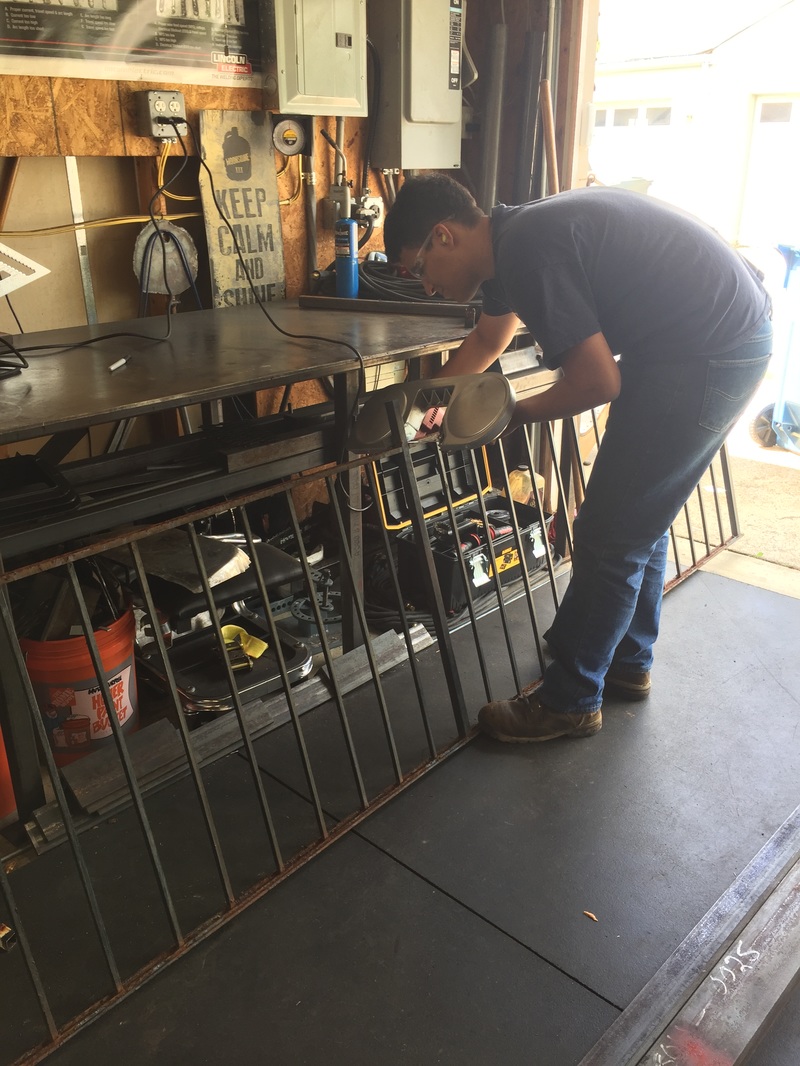Best ways to deal with warping in Montana Mobile Welding and Repair Belgrade
Usual Welding Repair Service Issues and Exactly How to Address Them Properly
Welding fixings typically come across a variety of concerns that can endanger the stability of the last item. Typical troubles consist of insufficient infiltration, porosity, and imbalance, amongst others. Each issue offers one-of-a-kind obstacles that require particular techniques for resolution. Comprehending these concerns is vital for welders intending to enhance their skills and end results. This discussion will certainly explore these typical welding fixing issues and effective methods to resolve them.
Inadequate Penetration
Poor infiltration takes place when the weld metal falls short to fully fuse with the base material, causing weak joints and possible structural failures. This problem commonly originates from inadequate heat input, incorrect electrode angle, or incorrect welding speed. Welders might come across inadequate infiltration due to a mistake of the necessary specifications for a particular material density or kind. Additionally, contamination on the base material's surface can impede efficient bonding, exacerbating the issue. To address insufficient infiltration, welders should ensure ideal settings on their equipment and keep a clean work surface area. Normal examination of welds is suggested to identify any type of shortages early, allowing for timely adjustments and the prevention of jeopardized structural honesty in bonded assemblies.
Porosity
Porosity is an usual defect in welded joints that materializes as little gas bubbles entraped within the weld metal. This issue can compromise the integrity of the weld, resulting in minimized strength and possible failing under tension. Montana Mobile Welding and Repair Belgrade. Porosity typically arises from contamination, moisture, or inappropriate welding strategies, which allow gases to get away right into the liquified weld swimming pool. To address porosity, welders should guarantee correct surface preparation, keep a tidy working setting, and make use of appropriate welding parameters. Additionally, selecting the best filler product and shielding gas can alleviate gas entrapment. Routine examination and screening of welds can help determine porosity early, assuring timely restorative activities are taken, thereby protecting the high quality and dependability of the bonded structure
Misalignment
Imbalance in welding can develop from numerous aspects, including improper arrangement and thermal expansion. Understanding the origin creates is essential for efficient resolution. A number of modification methods are readily available to straighten components and assure architectural stability.
Sources of Imbalance
Welding misalignment typically comes from a variety of underlying issues that can endanger structural honesty. One main cause is inappropriate fit-up of components before welding, which can result in spaces and irregular surfaces. Variations in thermal development during the welding process can likewise cause distortion, specifically if the materials being signed up with have various coefficients of growth. Additionally, poor fixturing and clamping might fall short to hold parts firmly in position, bring about movement throughout welding. Inadequately maintained devices, including welding equipments and devices, might introduce incongruities in the weld grain, further adding to imbalance. Driver mistake, stemming from not enough training or experience, can additionally play a substantial duty in developing misaligned welds.

Adjustment Techniques Available
Addressing imbalance effectively needs a combination of restorative methods customized to the specific concerns handy. One typical approach is making use of fixtures or jigs to hold elements in the appropriate position during welding, ensuring constant placement. Furthermore, pre-heating the materials can aid reduce distortion and improve fit-up. For significant imbalance, mechanical realignment methods, such as utilizing hydraulic jacks or clamps, can be utilized to correct the placement prior to welding. Post-weld warmth therapy might likewise be necessary to ease stresses caused by misalignment. Lastly, mindful assessment and change during the configuration stage can avoid misalignment concerns from coming to be considerable troubles, advertising a smoother welding procedure and enhancing total architectural stability.
Distortion
Distortion is a common challenge in welding that can emerge from various factors, consisting of unequal heating and cooling. Understanding the root causes of distortion is vital for implementing effective avoidance strategies. Addressing this concern not only boosts architectural stability yet additionally improves the total top quality of the weld.
Causes of Distortion
When based on the extreme warm of welding, products often go through modifications that can lead to distortion. This sensation mostly occurs from thermal expansion and tightening during the welding process. As the weld area warms up, the product expands; upon cooling, it contracts, which can produce internal tensions. Additionally, uneven heating across a workpiece can aggravate these stress and anxieties, resulting in bending or bending. The kind of material likewise plays a considerable duty; metals with differing thermal conductivity and coefficients of growth might react differently, causing unpredictable distortions. Additionally, poor joint layout and poor fixturing can add to imbalance throughout welding, increasing the possibility of distortion. Recognizing these causes is crucial for efficient welding repair work and avoidance techniques.
Prevention Techniques
Efficient avoidance strategies for distortion during welding emphasis on managing warmth input and guaranteeing appropriate joint design. Maintaining a constant warmth input assists to lessen thermal growth and contraction, which can bring about distortion. Using strategies such as preheating the workpiece can likewise reduce the temperature gradient, promoting consistent heating. In addition, choosing proper joint designs, such as T-joints or lap joints, can improve security and minimize stress and anxiety concentrations. Executing correct fixturing to secure the workpieces in position even more aids in preserving alignment throughout the welding procedure. Staggered welding sequences can distribute warmth a lot more equally, stopping local distortion. By applying these methods, welders can considerably decrease the probability of distortion and enhance the general quality of their welds.
Fracturing
Fracturing is a common concern come across in welding repair work, usually resulting from numerous variables such as improper air conditioning prices, material choice, or insufficient joint prep work. The occurrence of splits can substantially compromise the honesty of the weld, leading to prospective failings throughout procedure. To address get more this issue, welders must first examine the source, ensuring that products are compatible and suitably chosen for the certain application. Furthermore, controlling the air conditioning price during the welding process is important; rapid cooling can generate stress and anxiety and bring about fracturing. Proper joint style and prep work additionally add to decreasing the threat. Executing these techniques can improve weld top quality and sturdiness, eventually minimizing the likelihood of breaking in ended up weldments.

Insufficient Fusion
A considerable issue in welding repair work is insufficient blend, which occurs when the weld metal does not sufficiently bond with the base product or previous weld passes - Montana Mobile Welding and Repair Belgrade. This defect can cause weaknesses in the joint, potentially jeopardizing the honesty of the bonded structure. Aspects adding to incomplete combination include not enough warmth input, improper welding technique, and contamination of the surfaces being signed up with. To resolve this concern efficiently, welders must guarantee proper pre-weld cleansing and surface area preparation, along with readjust their welding parameters to achieve adequate penetration and blend. Routine examination during the welding process can also assist recognize insufficient blend early, permitting prompt restorative steps to boost the total top quality of the weld
Overheating
While welding repairs can boost structural stability, overheating provides a considerable difficulty that can result in material deterioration. Extreme warm during welding can alter the mechanical properties of steels, causing reduced toughness, raised brittleness, and bending. This sensation is specifically crucial in high-stress applications where structural integrity is extremely important. Determining getting too hot can include aesthetic assessments for discoloration or distortion, as well as keeping track of temperature level during the welding procedure. To reduce the risks related to getting too hot, welders need to employ appropriate strategies, such as regulating heat input, changing travel speed, and utilizing ideal filler materials. Additionally, applying pre- and post-weld warmth treatments can aid restore product residential properties and improve the overall high quality of the repair service, guaranteeing long-term efficiency and safety.
Regularly Asked Inquiries
What Are the Common Indications of a Welding Issue?

Just How Can I Test My Welds for High quality?
To check welds for quality, one can utilize visual assessments, ultrasonic testing, and radiographic approaches. Each strategy guarantees architectural integrity, identifies issues, and verifies adherence to specified criteria, inevitably improving the dependability of the welded joints.
What Security Precautions Should I Take While Welding?
When welding, one need to focus on security by wearing suitable individual safety tools, ensuring correct air flow, protecting combustible materials away, maintaining a tidy office, and being conscious of surroundings to stop crashes and injuries.
Can I Repair a Weld Without Renovating the Entire Joint?
Repairing a weld without renovating the entire joint is feasible, depending on the damages (Welding). Methods such as grinding, including filler material, or utilizing a welding procedure can efficiently address particular imperfections while preserving the bordering framework
What Devices Are Essential for Effective Welding Fixes?
Vital devices for efficient welding cwi welding fixings include a welding machine, cable brush, grinder, safety gear, clamps, and filler materials. Each tool plays a crucial duty in guaranteeing high quality and safety during the repair service procedure. Porosity usually occurs from contamination, wetness, or improper welding methods, which enable gases to get away right into the molten weld pool. Badly maintained equipment, including welding makers and devices, may introduce disparities in the weld grain, further contributing to misalignment. When subjected to the extreme heat of welding, materials typically go through changes that can lead to distortion. Fracturing is a common concern encountered in welding repairs, often resulting from numerous aspects such as inappropriate air conditioning prices, product option, or insufficient joint prep work. A significant problem in welding fixings is insufficient combination, which occurs when the weld metal does not properly bond with the base product or previous weld passes.